An electric car is a vehicle that isn’t propelled by a petrol or diesel engine. Instead, electric vehicle, often abbreviated to EV, can be powered by battery packs, fuel cells or supercapacitors. Battery electric vehicles (BEVs) dominate the UK EV market, though Hyundai, Toyota and BMW are among the manufacturers exploring hydrogen propulsion.
Batteries powered many cars at the dawn of motoring but aside from the odd milk float and golf cart, electric cars had all but disappeared until the 1990s. The documentary ‘Who Killed the Electric Car?‘ reports how the General Motors EV1 came to market following environmental concerns and a desire to move away from fossil fuels in California.
Electric cars work differently to petrol- and diesel-powered vehicles. Refuelling a conventional car only takes a matter of minutes. Charging an electric car, however, takes a bit of a different approach. Plugging into mains power replaces the energy in the car battery—just like an other electronic device, such as a mobile phone. It takes time to recharge. Since the UK launch of the Nissan Leaf in 2010 charging times have improved dramatically.
These days, the Porsche Taycan can recharge 60 miles in just five minutes. And that also highlights another huge improvement. The original Leaf had a range at full charge of 73 miles. Range; it’s one of the biggest objections motorists have when switching to an electric vehicle. Yet, the Taycan will manage up to 280 miles. The Tesla Model S can do up to 405 miles and Mercedes-Benz EQS an amazing 485 miles—far more comparable to conventional vehicles.
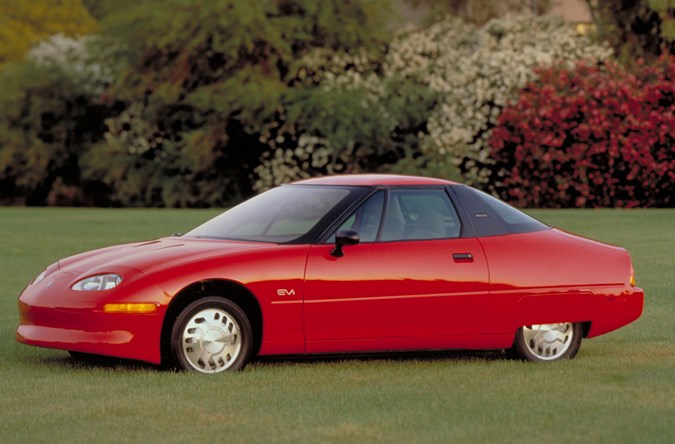
> Read on The Parkers guide to home chargers
How does an electric car work?
Range is especially important when it comes to how electric cars work. Although the range stated is as accurate as the manufacturers can make it, based on NEDC or WLTP cycles, the battery of the car also powers the lights, infotainment system, connectivity and air-conditioning.
Since colder conditions can make batteries less efficient, and will also prompt drivers to have the cabin heating on, mileage can be compromised in winter.
An electric car works in the same way anything else with a battery does; you turn it on and go. There are no gears to select, as such. But an advantage electric cars do have over conventional cars is the ability to collect lost energy and return it to the battery to extend the range. Yes, that is, the battery gets some recharge while you drive.
Regenerative braking is the thing they call KERS in motorsport (pub quiz: it’s one of the few production car features that was adapted for motorsport, which is contrary to the usual way of things. i.e. motorsport features are engineered to be at the cutting edge of possibility and sometimes are adapted to bring benefits to production car design at a later date). KERS stands for Kinetic Energy Recovery System. The idea is when the energy from travelling is no longer required e.g. you’re travelling downhill in a 40mph zone, rather than lose the energy to heat, the braking is designed in such a way as to channel the energy back into the battery.
The other advantage to the way electric vehicles work is their instant torque. Unlike a conventional car, an electric motor produces maximum torque from very low rotations per minute, and can operate at very high speeds; this can remove the need for a gearbox other than a simple reduction gear.
How does a hybrid electric vehicle work?
Though we detail hybrid and plug-in hybrid technology in their respective articles, it’s worth noting that the combination of an engine and an electric motor can give consumers the best of both worlds without too many compromises.
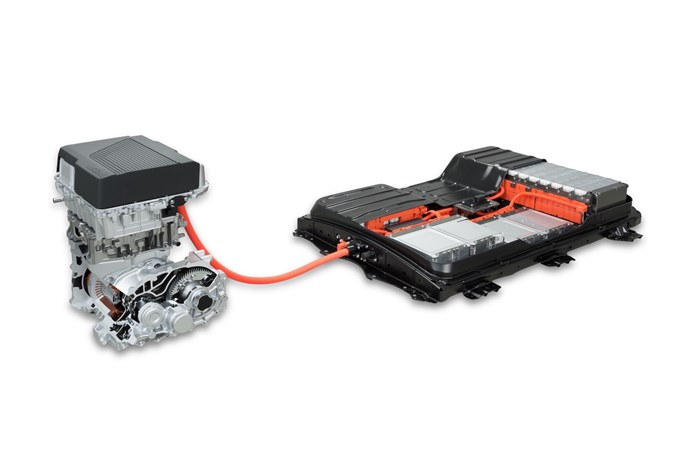
Reverse is implemented by simply reversing the direction the motor turns. For obvious reasons, the speed is usually limited.
Cars fitted with all-wheel drive will often feature a motor for each driven axle, or a motor per wheel in high performance models.
Improvements in technology have coincided with a new focus on environmental marketing, and allowed the creation of infrastructure to support driving electric vehicles further.
Higher-density, and thus lighter, battery packs have been developed, better understanding of charge/discharge cycles and temperature control, and lower-drain accessories such as headlights, heaters and radios have also contributed to a greater range, though it’s worth noting that the laws of energy and physics still apply; most technology around electric cars is focused on improving driver habits and behaviour.
How do the batteries in an EV compare to petrol?
- Battery packs are rated in kilowatt hours, or kWh
- 1 litre of petrol is equivalent to 9.7kWh
- Diesel contains 10.7 kWh of energy per litre
Battery packs are rated in kWh or Kilowatts per hour. A watt is in essence a unit of energy; it denotes the rate of energy transfer. What you can do with that energy depends on the kind of car you are driving and the motors it is using, how fast you want to go, and how arduous the conditions are.
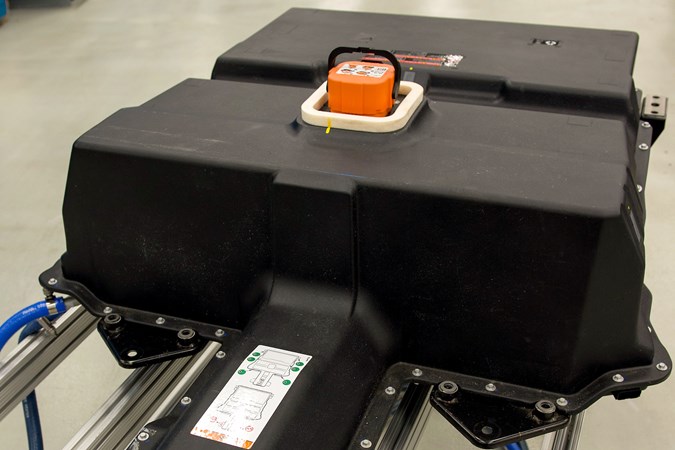
A small car like the Smart Forfour Electric Drive has a 17.6kWh battery pack, meaning that a drain of 17.6kW will deplete the pack in an hour.
Fully draining a battery is bad, however, and in all cases a reserve of capacity will be maintained to protect the cells. At the other end of the scale, Tesla’s Model S has a minimum of 75kWh, with an option for 100kWh.
On the subject of scales, the 2017 Smart Forfour tips them at 1,200Kg, in Electric Drive form. That’s an increase of 225Kg over the petrol model. The Tesla Model S battery pack weighs 540Kg.
For comparison filling up the 975Kg Smart Forfour petrol’s 35-litre petrol tank adds just 26Kg to the dry weight, and it gets lighter as range is used up. Yet it provides almost 350kWh of potential energy.
Charging your electric car
- Charging rate relies on being able to get energy into the car
- Home supplies limited to 10 Amps – or 2.3 kW
- Dedicated wallbox home chargers can provide 3.6kW or 7kW
- DC and Superchargers can provide over 150kW
- Tesla designed for fast battery pack swaps
It is possible to charge your electric car via a normal 13A three-pin socket. There are some limitations however; these sockets are designed for energy consumption far lower than that needed by a car, and can provide 10 amps, or 2.3kWh, at most. To refill a battery storing the equivalent of 17.6kWh takes as long as that implies – 7 to 10 hours depending on temperature.
For a relatively low fee, a dedicated home charger or wallbox can be installed. These use wiring standards similar to an electric stove, and can either provide 16A for around 3.4kW, or 32A for 7kW, bringing the charge time for a smaller electric car down to 2-3 hours.
>> Wireless charging trials begin
Charging at a commercial point typically costs between 45p to 69p per kWh; a flat connection fee or membership fee will apply to some. Home charging is much cheaper, but will take longer.
Commercial charging stations for locations with three-phase electricity can charge at 22kW, and are available at fairly moderate cost for private installation.
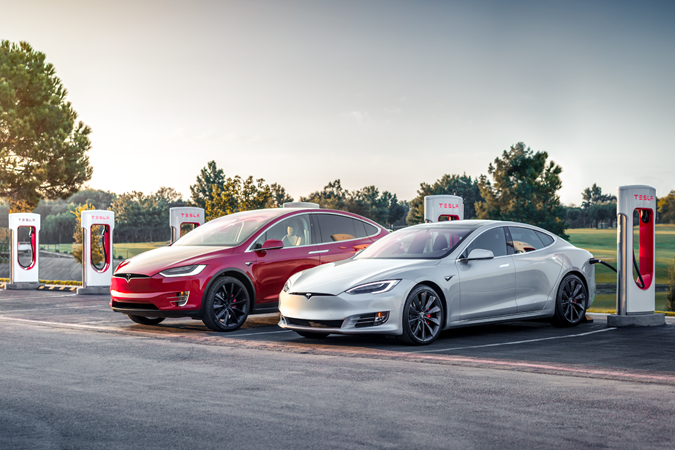
The rate of charge above 80% capacity slows considerably, so it’s typically assumed you’ll keep a car between 25% and 80% charge with fairly short charging periods.
AC – alternating current – charging cables adhere to two types. In Europe including the UK, the Type 2 plug is standard, and most charging stations will include a Type 2 socket so owners of Japanese or American cars with Type 1 connections can use an adaptor cable.
Direct current charging bypasses the on-board conversion in the car, but requires a charger compatible with the vehicle’s specific setup.
Tesla Supercharger stations provide 120kW via DC, but are dedicated to Tesla cars only. Other cars feature additional connections for DC charging – such as the BMW i3’s Type 2 plus CCS rapid charging socket.
Tesla has designed its cars to have the battery packs swapped in 90 seconds, making a network of battery exchange stations possible.
However, demand for the service has been low, and it’s unlikely that any manufacturer will pursue this route; the future may involve standardisation of batteries so one service centre could cater for many cars.
Are electric cars reliable?
For the most part, yes, electric cars are incredibly reliable. Since the earliest battery-assisted models have been around for over two decades, the batteries themselves have proven remarkably robust. Early Nissan Leafs are driving around with 500,000 miles on in some parts of the world, still on their original batteries.
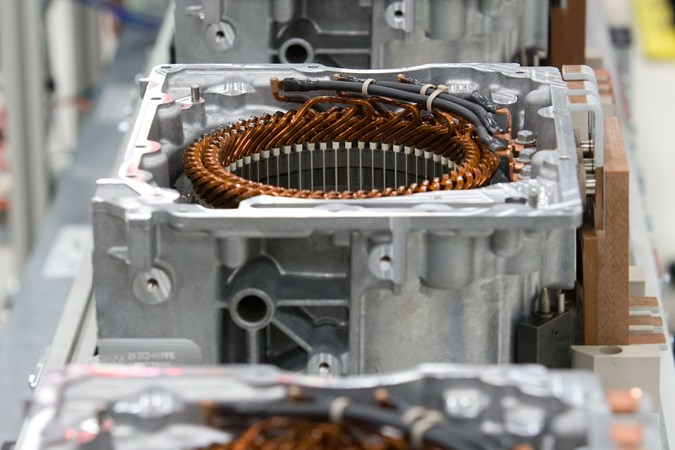
There are side effects to the electric drivetrain, too. Capable of 20,000 to 40,000 hours of operation before failure, the motors themselves should outlast the bodies and there’s no clutch or gearbox to wear out.
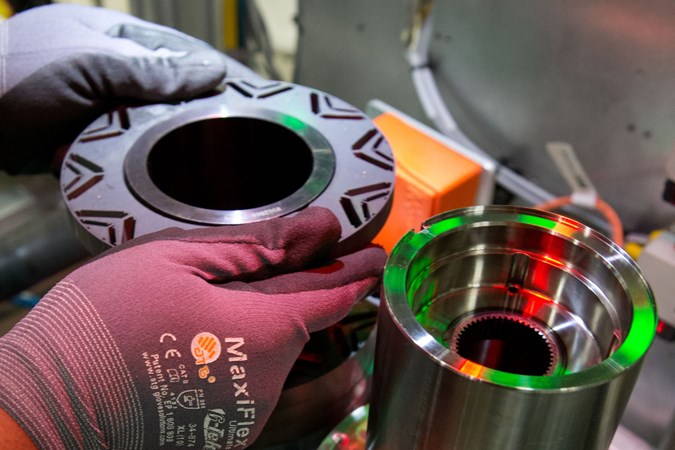
Using the motor as a generator to brake and recharge the batteries also ensures wear on the brake pads is minimal, and a set of brakes can last considerably longer than regular hydraulic systems. Without oil and fumes contaminating hoses and connectors, the wiring and plumbing should also last much longer.
Do I need an electric car?
If you make short journeys, or live in a city with punitive taxation based on vehicle emissions or strict ULEZ areas, there are good reasons to drive an electric car. Reduced noise pollution, minimal wear and of course, the reduced reliance on fossil fuels and creation of smog and greenhouse gases are all worthy considerations.
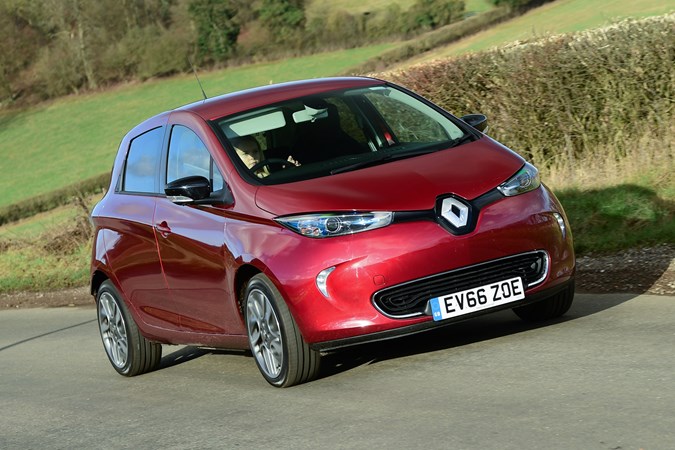
In fact, outside of the limited range of many models, there are few disadvantages; the question should really be ‘can I use an electric car yet?’. If you drive more than 30-40 miles in a day, or make long journeys frequently, the answer is no; only the most expensive examples can compete with petrol cars.
Although the technology and refinement are well suited to motorway and performance use, increased speed comes with increased power consumption so only the highest-capacity cars are really suited to faster journeys. At present, battery electric cars are less versatile and adaptable than their conventional counterparts.
Smaller cars like the Smart Forfour benefit from optional heated seats and steering wheel, which have a lower consumption than using the in car heater. On the Forfour, demisting or air conditioning can take 1kWh and cut your range by around 10%; programmed pre-heating using power when plugged in is a vital feature.
Environmentally, local emissions are reduced, even eliminated, but there is still an impact generating the electricity to charge the car and in manufacturing.
Which electric cars can I buy now?
There’s an ever increasing range and variety of electric cars on the British market, and that’s sure to expand in the future. And remember, you can buy in cash or finance an electric car via a PCP or HP deal. You can also lease an electric car.
Search all the available electric cars here – the diversity and variety is rapidly increasing to match that of internal combustion models.
Similar to:
Looking for more jargon-busting motoring meanings? Head over to our Parkers Car Glossary page and take a look at our other definitions
Just so you know, we may receive a commission or other compensation from the links on this website - read why you should trust us.
















